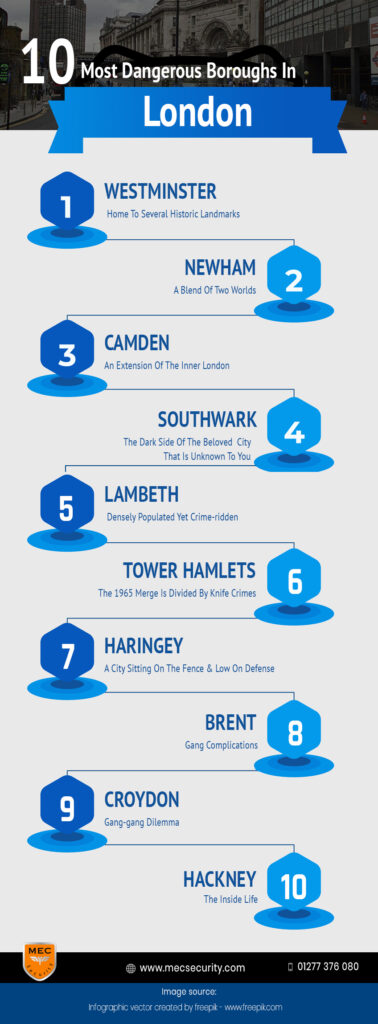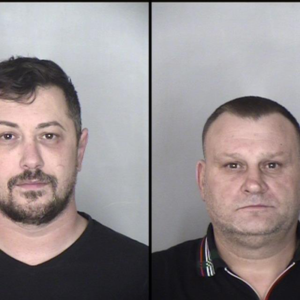Which Borough is the most Dangerous

In the vast tapestry of American cities, each borough boasts its own unique character, history, and challenges. From the bustling streets of New York City to the vibrant neighborhoods of Los Angeles, every borough holds a story waiting to be told. However, among these tales lies a pressing question: which borough is the most dangerous?
Attempting to pinpoint the most perilous borough is a complex endeavor, fraught with nuances and subjectivity. Crime statistics, socioeconomic factors, and community dynamics all play pivotal roles in shaping the safety of a borough. Thus, embarking on this exploration requires a comprehensive analysis that delves beyond mere numbers.
In the City That Never Sleeps, New York City, the boroughs of Manhattan, Brooklyn, Queens, the Bronx, and Staten Island each contribute to the city’s rich mosaic. However, they also contend with their fair share of challenges, including crime. Historically, the Bronx has often been associated with higher crime rates, fueled by socioeconomic disparities and urban decay. Yet, in recent years, the borough has undergone significant revitalization efforts, leading to a decline in crime rates.
Conversely, Brooklyn has experienced a resurgence, shedding its once gritty reputation to emerge as a cultural hub teeming with creativity. While certain neighborhoods still grapple with crime, overall trends indicate a decline in violence, buoyed by community engagement initiatives and economic development projects.
Across the country, Los Angeles County harbors its own array of boroughs, each boasting its distinct character. From the glitz and glamour of Hollywood to the vibrant diversity of South Central, the City of Angels navigates a complex landscape of safety concerns. Historically, South Central Los Angeles has grappled with elevated crime rates, attributed to poverty, gang activity, and systemic issues. However, concerted efforts to bolster community policing and invest in social programs have yielded tangible results, fostering a sense of optimism amidst adversity.
In Chicago, the Windy City, the boroughs of the South Side have garnered attention for their struggles with violence and crime. Englewood and Roseland, in particular, have faced systemic challenges stemming from disinvestment and segregation, perpetuating cycles of poverty and crime. Nevertheless, grassroots organizations and community leaders have mobilized to address these issues head-on, advocating for systemic change and empowering residents to reclaim their neighborhoods.
As one delves deeper into the fabric of American cities, it becomes evident that the notion of the “most dangerous” borough is not a monolithic concept. Crime manifests in multifaceted ways, influenced by a myriad of factors ranging from socioeconomic inequality to systemic injustice. Moreover, reducing a borough to mere statistics fails to capture the resilience, vibrancy, and untold stories that define its essence.
Conclusion
Beyond the headlines and sensationalism lies a nuanced narrative of communities banding together, defying stereotypes, and striving for a better tomorrow. From the bustling streets of New York City to the sun-drenched boulevards of Los Angeles, every borough harbors its own tale of triumph and tribulation.
In the pursuit of understanding which borough is the most dangerous, perhaps the truest measure lies not in crime statistics or media portrayals, but in the resilience of its residents and the collective efforts to foster a safer, more equitable future. As communities unite to confront systemic challenges and build bridges of understanding, the narrative of the “most dangerous” borough gives way to one of hope, perseverance, and the indomitable spirit of the American city.





